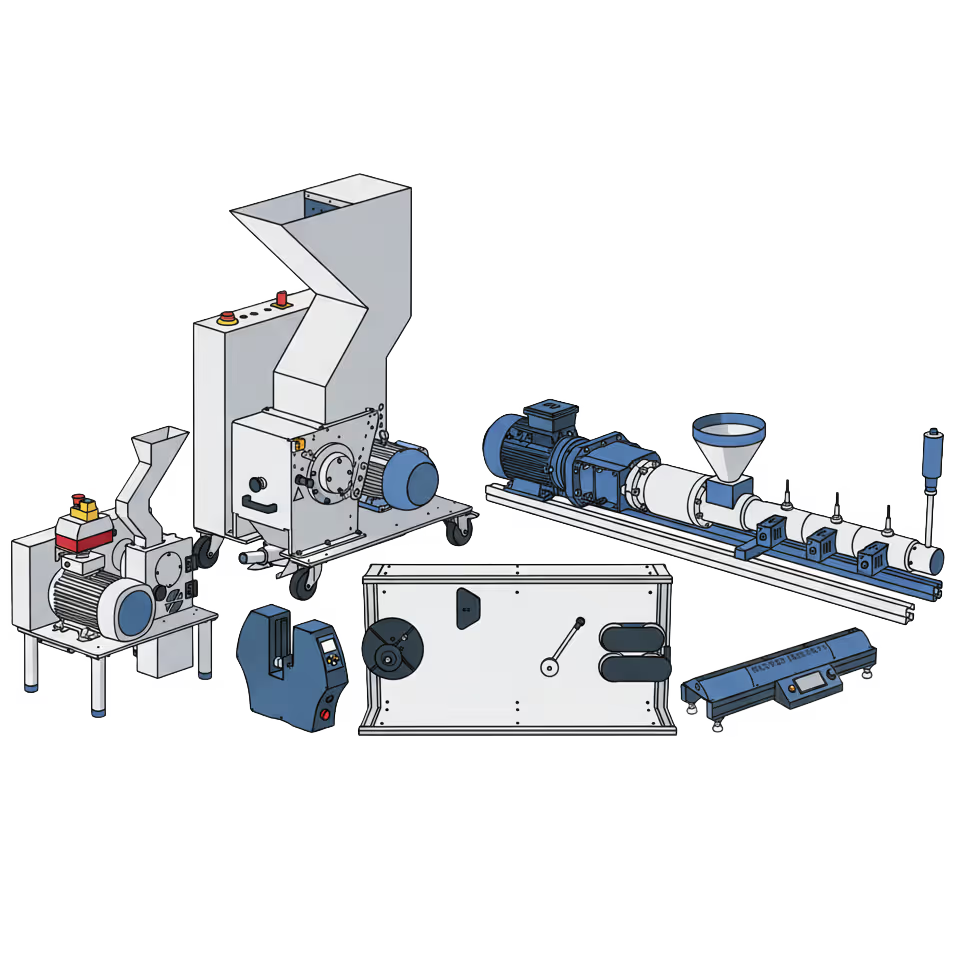Software

Request a quote
If you are interested in customized automation software, request a quote.

Software Overview
Learn more about our software ecosystem

reference projects
Reference projects for our software spate
machine control
Our QiTech Software
GitHub
Open source version of the software

YouTube
News & Behind the Scenes
Machines

Machines overview
Find out more about our ecosystem for producing your own filament
Material tests
Feasibility study with our machines for your material
Shredder
Produce granulate from plastic waste etc.
Extruder
Making your own filament from granulate
Airpath
Cooling the filament after production
Laser
Measuring the diameter of filament
Pro Winder
Rewinding or winding filament

QiTech Control
Control and monitor all our machines in one software
Recycling

Filament
Our recycled filament, produced with our own machines
Material tests
Feasibility study with our machines for your material
Granules
High-quality granules made from recycled plastic
Recycling at QiTech
Find out more about plastic recycling at QiTech
Community Shop
QiTech, filament samples, and random items

Our YouTube channel
News & Behind the Scenes
About us
Our team
Learn more about the team members
Recycling at QiTech
Find out more about plastic recycling at QiTech
Visit our factory tours!
Learn more about the opportunities offered by plastic recycling

How To's
Our products & filament production

blog
News & Behind the Scenes

Our YouTube channel
News & Behind the Scenes











